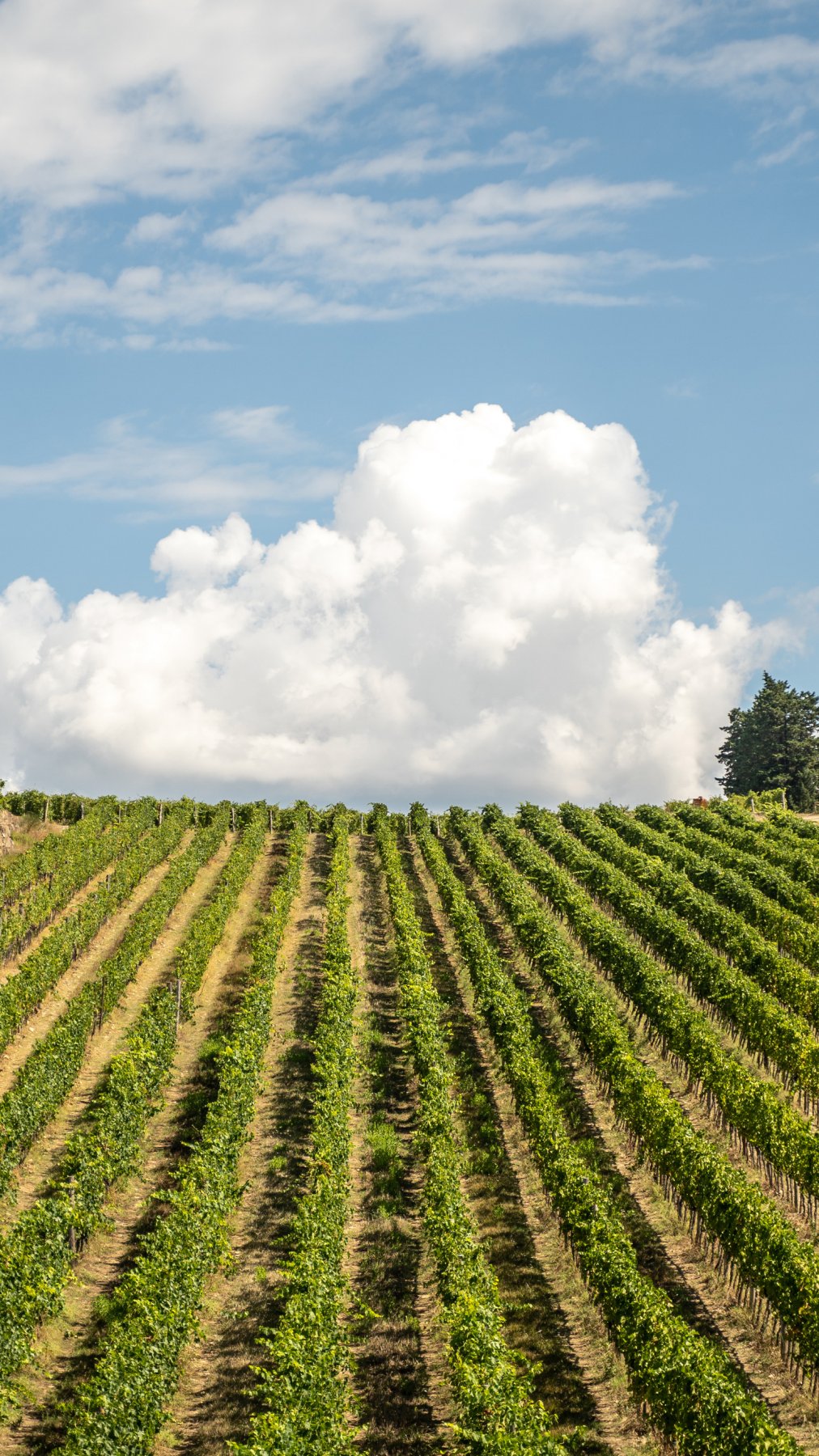An accessible example of the unique style and character of Castello di Monsanto wines. This multi-faceted wine can be enjoyed straight away or left to develop and evolve as the years roll by. It is our most widely produced wine by far, underlining our winery’s belief in Sangiovese, which acquires a strength and energy from our soil that must be patiently awaited. One of the oldest wines in Italy, it appeared on the market in the 1960s and has become an ambassador for the entire denomination around the world.

Designation
Chianti Classico D.O.C. Riserva
First year of production
1962
Grape varieties
70% Sangiovese; 20% Trebbiano and Malvasia; 10% Canaiolo and Colorino
Training system
Guyot and spurred cordon

Vinification
In temperature controlled truncated conical steel vats with emptying system (Délestage) and pumping over for about 18/20 days.
Maturazione o invecchiamento
In 5000 litre chestnut casks for 2 years
Ageing
Six months of bottle aging
Climate trend
The 1962 vintage was certainly one of the best of the decade, along with those from 1964 and 1967. At Castello di Monsanto, Chianti Classico wines were produced in accordance with the most traditional rules: with the use of white grapes Trebbiano and Malvasia, no de-stemming of the grapes and application of the “Governo alla Toscana” technique. After an exceptionally warm and dry September, harvesting began in the second week of October and the grapes, transported to the winery in large tubs, were turned into must directly in wooden vats without being de-stemmed. Fabrizio Bianchi recalls that in 1962 “the cap was punched down with wooden clubs and, once fermentation was completed, the vats were hermetically sealed until the end of November or beginning of December. To induce a second fermentation, encourage the malo-lactic transformation and reduce acidity, grapes previously dried on racks were added. At the beginning of spring… in the moon of March, as they would say at that time… the wine was transferred into chestnut casks.”

